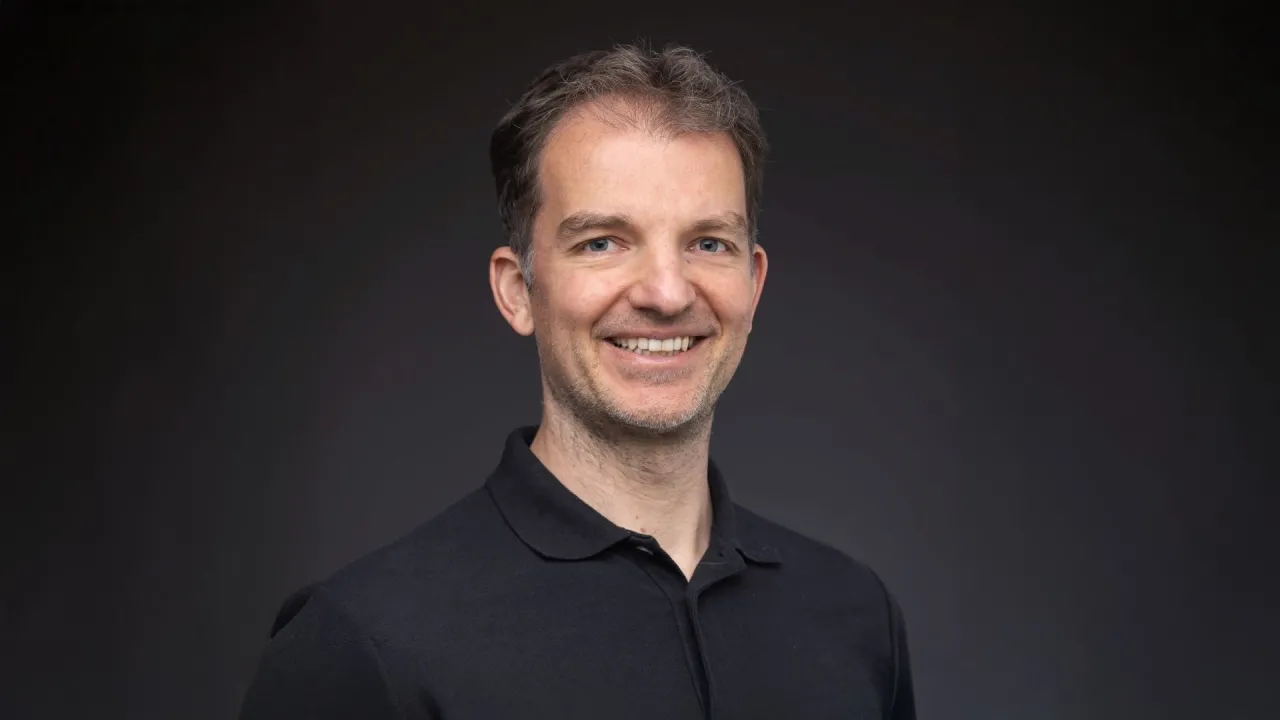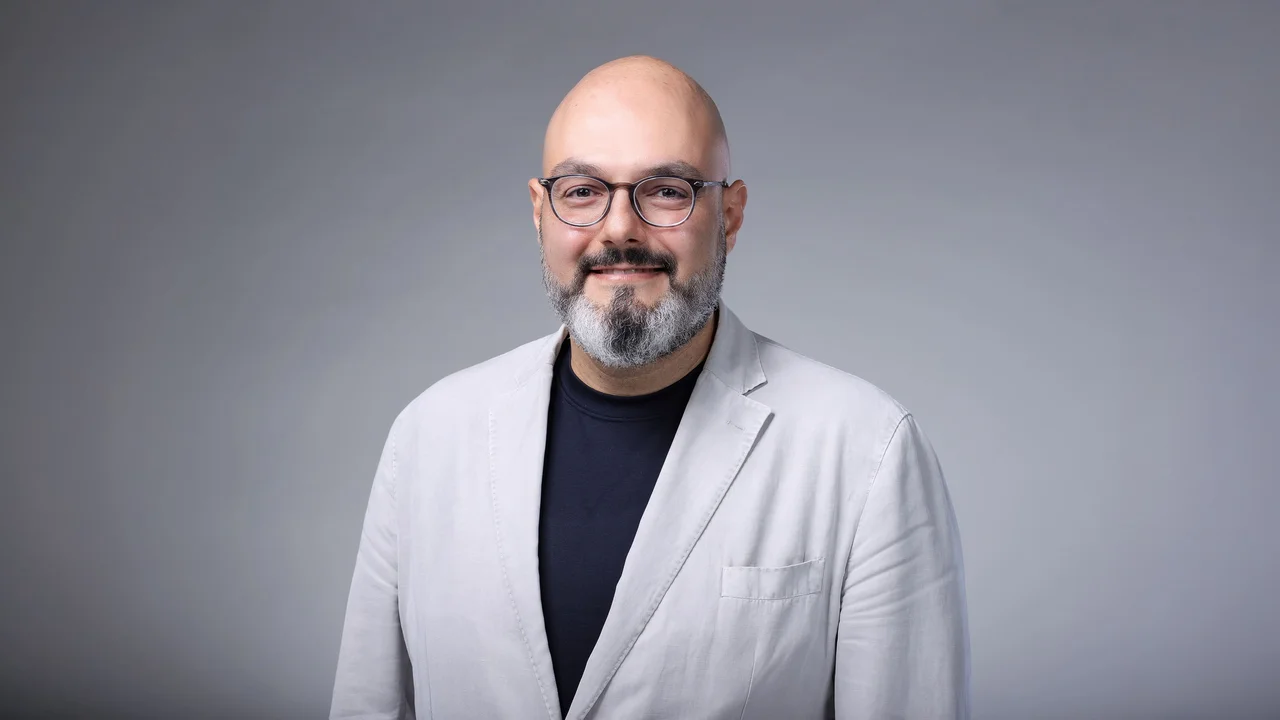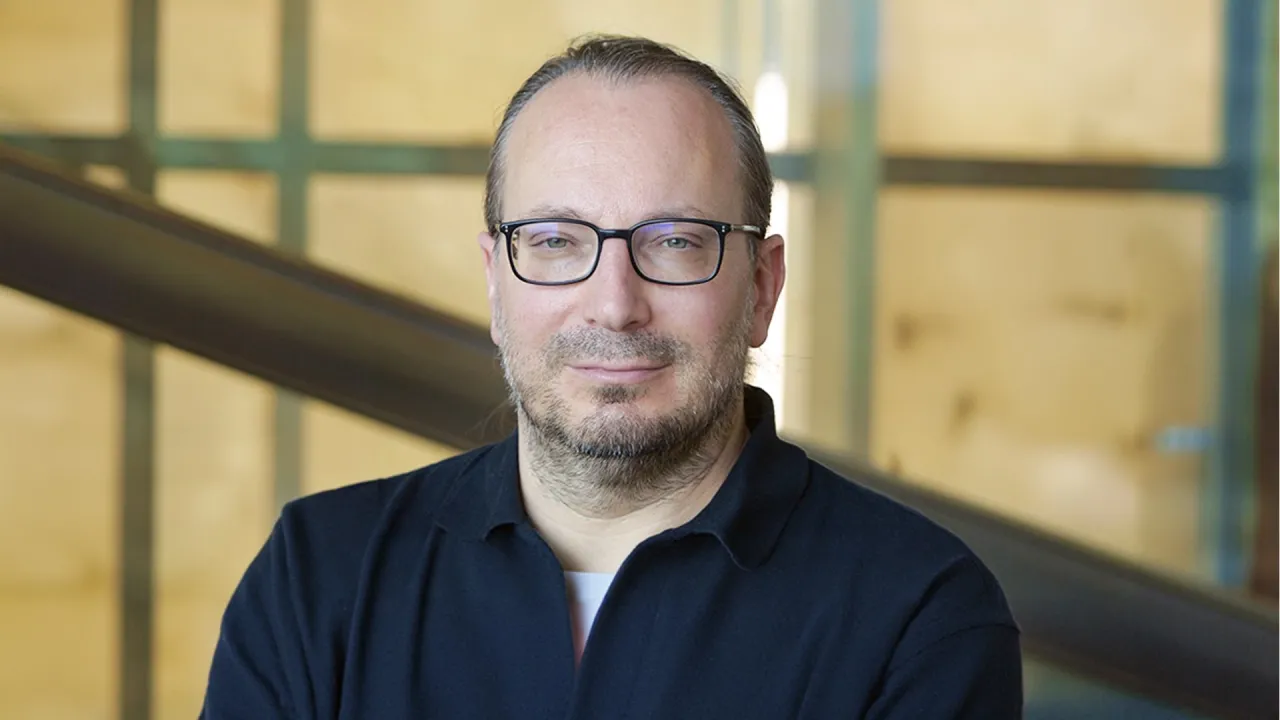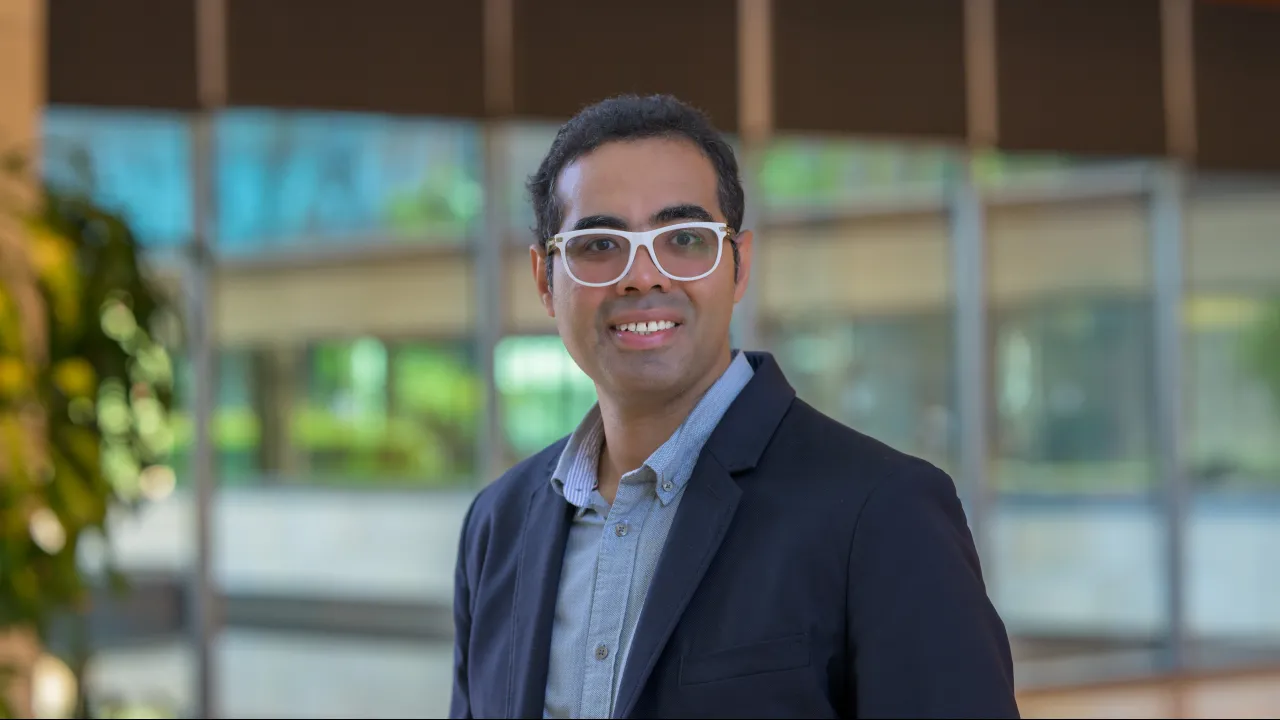
Visual Computing and Computational Imaging
The computer science visual computing research area focuses on developing computational algorithms and machine learning frameworks to address complex challenges in the visual domain.
Research Focus
- Computer Vision: Designing algorithms to extract meaningful information from images, video, and 3D scans: e.g., object recognition, scene understanding, 3D reconstruction, generative modeling, vision and language, theoretical foundations of visual deep learning, remote sensing, 3D vision, video understanding, and segmentation.
- Computer Graphics: Developing techniques for image generation and the processing of 3D shapes and scenes: e.g., geometry processing, computational design, physically-based simulation, and procedural modeling.
- Computational Imaging and Display: hardware-software co-design of cameras and display devices, including end-to-end optical design, differentiable optical simulation, and applications to both consumer devices and scientific imaging problems.
- Scientific Visualization: Developing techniques to visually represent and explore complex scientific data for enhanced analysis and understanding: e.g. nano visualization, visualization of tensor fields, visualization and modeling of biological systems, and large-scale visualization.
- Human-Computer Interaction (HCI): Investigating the intersection of human perception, cognition, and visual interfaces for user-friendly and intuitive systems.
- Interdisciplinary Applications: Developing applications of computer vision, computer graphics, and visualization in conjunction with domain sciences: e.g., mechanical engineering, physics, solar energy, biology, biomedical imaging, robotics, and geosciences.
Related People
Biography
Wolfgang Heidrich is a professor of Computer Science and Electrical and Computer Engineering at KAUST. He is a member of the KAUST Visual Computing Center and served as its director for eight years, from 2014 to 2021. Heidrich is a pioneer in computational imaging and display, which seeks to advance imaging and display systems by co-designing optics, electronics, and algorithms.
Heidrich received his Diploma in Computer Science from the University of Erlangen-Nuremberg (FAU), Germany, in 1995, followed by an M.Math from the University of Waterloo, Canada, in 1996. He also earned a Ph.D. in 1999 from FAU.
In 2014, Heidrich was honored with a Humboldt Research Award in recognition of his contributions to computational imaging. He is also a Fellow of the IEEE and Eurographics, acknowledging his significant impact on the field.
Research Interests
Professor Heidrich's core research interests are in computational imaging and display, an emerging research area within visual computing, which combines methods from computer graphics, machine vision, imaging, inverse methods, optics and perception to develop new sensing and display technologies.
Computational imaging is the hardware-software co-design of imaging devices, which aims to optically encode information about the real world in such a way that image sensors can capture it. The resulting images represent detailed information such as scene geometry, motion of solids and liquids, multi-spectral information or high contrast (high-dynamic range), which can then be computationally decoded using inverse methods, machine learning and numerical optimization.
Heidrich and his colleagues in the Computational Imaging Group develop end-to-end learned imaging systems, increasing the complexity of the optical design space and expanding the methodology to fully automate the design of complex optical systems instead of individual components.
Biography
Peter Wonka holds an M.Sc. in Computer Science (Dipl.-Ing.) in 1997, an M.Sc. in Urban Planning (Dipl.-Ing.) in 2002, and a Ph.D. in Computer Science (Dr. techn.) in 2001 from the Vienna University of Technology, Austria.
Before joining KAUST in 2011 as an Associate Professor of Computer Science, he worked as a postdoctoral researcher at the Georgia Institute of Technology and served as Assistant and Associate Professor at Arizona State University. He is currently a Full Professor at KAUST. He has also held roles as the CS Program Chair and Interim Director of the Visual Computing Center.
Professor Wonka is the recipient of the National Science Foundation Career Award.
Research Interests
Professor Wonka’s research interests lie in computer vision, computer graphics, remote sensing, and machine learning. His current research focus is deep learning, generative modeling of images, videos and 3D scenes, 3D reconstruction, 3D computer vision, and 3D vision and language.
Education
Biography
Professor Bernard Ghanem is the Chair of the KAUST Center of Excellence for Generative AI (GenAI) and a leading expert in computer vision and machine learning. He is a professor of Electrical and Computer Engineering (ECE) and the principal investigator of the Image and Video Understanding Lab (IVUL).
Ghanem's research focuses on computer vision and machine learning, particularly on large-scale video understanding, 3D scene comprehension and the foundation of machine learning.
At KAUST, Professor Ghanem's work bridges academic innovation and industry needs, advancing AI technologies through interdisciplinary collaborations. As Chair of the KAUST Center of Excellence for Generative AI, he leads efforts to establish world-leading excellence in GenAI research by developing the next generation of models that are efficient, trustworthy and tailored for widespread deployment.
His work supports solutions for the Kingdom's national Research, Development, and Innovation (RDI) priorities—Health and Wellness, Sustainability and Essential Needs, Energy and Industrial Leadership, and Economies of the Future—while accelerating the adoption of GenAI through translational research and talent development in collaboration with industry partners.
Professor Ghanem earned his Ph.D. in Electrical and Computer Engineering in 2010 and his M.Sc. in 2008, both from the University of Illinois at Urbana-Champaign (UIUC), U.S. He served as a graduate research assistant at the Computer Vision and Robotics Lab (CVRL) at the Beckman Institute for Advanced Science and Technology at UIUC.
Research Interests
Professor Ghanem’s research interests and expertise lie in:
- Robust, large-scale video understanding, including object tracking, activity recognition/detection, and retrieval.
- Visual computing for automation, including 3D object detection, 3D tracking, 3D indoor and outdoor navigation, and Sim2Real transfer learning.
- Development and analysis of foundational tools in computer vision and machine learning, including deep graph neural networks, neural network robustness and certification (Trustworthy AI), continual learning, and foundational models in vision and language.
Education
Biography
A founding member of KAUST, Hadwiger has published numerous scientific papers and books, including "Real-Time Volume Graphics." He has been an Assistant Professor of Computer Science from 2009 to 2014, an Associate Professor of Computer Science from 2014 to 2021, and a Full Professor of Computer Science since 2021.
Research Interests
Professor Markus Hadwiger’s research interests are in scientific visualization and visual computing.
Hadwiger’s investigations span a wide range of topics, including the visualization of extreme-scale data, volume visualization, flow visualization, differential geometry and mathematical physics in visualization, medical visualization, large-scale image and volume processing, multi-resolution and out-of-core techniques, domain-specific languages for visualization, interactive segmentation and feature identification and GPU algorithms and architecture.
Education
Biography
Ivan Viola received an M.Sc. in Computer Science (Dipl.-Ing.) in 2002 and a Ph.D. in Computer Science (Dr. techn.) in 2005 from TU Wien, Austria. In 2006, he joined the University of Bergen (UiB), Norway, as a postdoctoral researcher and contributed to the establishment of a new visualization research group at UiB’s Department of Informatics.
In 2008, Viola was promoted to associate professor and, in 2011, to full professor at the University of Bergen (UiB). During this period, he also served as a scientific adviser at the Christian Michelsen Institute in Norway.
Throughout his career, he has received numerous honors and recognitions for his contributions to computing visualization, including the Austrian Computer Graphics Award in 2016, the Eurographics Dirk Bartz Prize for Visual Computing in Medicine in 2013 and three Best Paper Honorable Mention awards at the IEEE VIS conference.
Aside from serving as an area or program chair at conferences such as the IEEE Visualization Conference, EuroVis, and Eurographics, Viola has been a reviewer and IPC member for several conferences in computer graphics and visualization. He was an associate editor of the Computer Graphics Forum journal and is currently serving as an associate editor for IEEE Transactions on Visualization and Computer Graphics.
In addition to co-authoring over a hundred scientific papers, he is a member of Eurographics and the IEEE Computer Society’s Visualization and Graphics Technical Community (VGTC).
Research Interests
Viola’s research group seeks to develop next-generation computer graphics and technologies for visualizing life forms in all scales. Focusing on scalable approaches, the research group introduces new methods to model, construct and visualize the entire complex biological cell to atomistic detail. This technology allows people to interact, explore, study and understand life at the nanoscale.
Education
Biography
Mohamed Elhoseiny is an associate professor in the Computer Science Program at KAUST and the principal investigator of the KAUST Vision-CAIR Research Group. He joined the CEMSE Division at KAUST in 2019, bringing extensive experience from roles including a visiting faculty position at Baidu Research and a postdoctoral research stint at Facebook AI Research from 2016 to 2019. He also held research positions at Adobe Research from 2015 to 2016 and at SRI International in 2014.
Elhoseiny earned his Ph.D. in 2016 from Rutgers University, Canada, and his B.Sc. and M.Sc. in Computer Systems from Ain Shams University, Egypt, in 2006 and 2010, respectively.
His work has received numerous recognition, including the Best Paper Award at the 2018 European Conference on Computer Vision (ECCV) Workshop on Fashion, Art, and Design for his research "DesIGN: Design Inspiration from Generative Networks." He also received the Doctoral Consortium Award at the 2016 Conference on Computer Vision and Pattern Recognition (CVPR) and an NSF Fellowship for his "Write-a-Classifier Project" in 2014. His research on creative art generation has been featured in New Scientist Magazine and MIT Technology Review, which also highlighted his work on lifelong learning.
Professor Elhoseiny’s contributions extend to zero-shot learning, which was featured at the United Nations, and his creative AI work was highlighted in HBO’s Silicon Valley. He has served as an area chair at CVPR 2021 and the International Conference on Computer Vision (ICCV) 2021, and has organized workshops at ICCV in 2015, 2017, and 2019, and at CVPR in 2021.
He has been involved in several pioneering works in affective AI art creation and has authored or co-authored numerous award-winning papers.
Research Interests
Elhoseiny’s primary research interests are in computer vision—the intersection between natural language and vision and computational creativity—particularly efficient multimodal learning with limited data and vision and language. He is also interested in affective AI, especially understanding and generating novel visual content, such as art and fashion.
Education
Biography
Before founding the Computational Sciences Group (CSG) at KAUST, Professor Michels joined the Computer Science Department at Stanford University, U.S., after completing his postdoctoral studies at Caltech, U.S., and his B.Sc. ('11), M.Sc. ('13), and Ph.D. ('14) at the University of Bonn, Germany.
Since joining KAUST in 2016, he has established his group at the uppermost level of his scientific community. Since its formation, the CSG has developed numerous novel computational methods based on solid theoretical foundations.
The scientific community has recognized Professor Michels’ outstanding research within and beyond KAUST. In 2019, he was awarded a €1.25 million Artificial Intelligence Grant from the German State of North Rhine-Westphalia, Germany. Together with fellow KAUST Professors Mark Tester and Peter Wonka, he received a $1.05 million KAUST Competitive Research Grant in 2021. Moreover, in 2017, he was acknowledged by Procter & Gamble with their inaugural Faculty Award for his research contributions to the consumer goods industry.
Professor Michels is actively engaged in the Association for Computing Machinery (ACM) SIGGRAPH community; he served on the technical paper committees of SIGGRAPH 2022 and 2023, and SIGGRAPH Asia 2020 and 2021.
Michels is a member of the Association for Computing Machinery, the Institute of Electrical and Electronics Engineers, the London Mathematical Society and the AGYA project at the Berlin-Brandenburg Academy of Sciences and Humanities. He is a founding member of the German AI Award top-class jury.
As an alumnus of the German Academic Scholarship Foundation, Michels leads its KAUST partnership program. He was recently inaugurated into the Göttingen Academy of Sciences and Humanities and has been listed among the German business magazine Capital's "Top 40 below 40."
Research Interests
As the head of KAUST's CSG, Michels’ research activities focus on fundamental and applied aspects of computational mathematics and physics to overcome practical problems in scientific and visual computing.
At present, the group addresses a broad range of topics related to algorithmics, artificial intelligence, machine learning, computer graphics, physics-based modeling, differential equations, mathematical modeling and numerical analysis.






